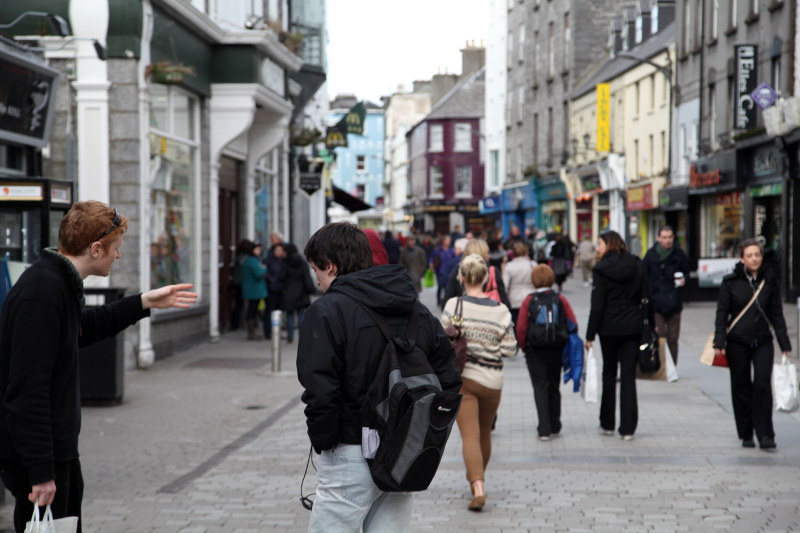Because we had very little time in Galway but still wanted to get to know a bit about this rather dynamic and interesting little place, the first destination on our list was the Galway City Museum. This three-story museum hosts a compelling mix of both art and history that attracts an imaginative range of people (perhaps it was our timing). The museum is free and is located beside the Spanish Arch (1584).
Galway was once known as one of the richest and most powerful cities in medieval Europe because of the role it played in international trade (particularly with Spain and France). The first ship sailed from Galway in 1154, and surprisingly it was not Viking (who came to Galway in 927 and didn’t stay) but it was Irish. It was not until the arrival of the Anglo Saxons (1235) and Richard de Burgh that Galway grew into a major shipping and trading port that rivalled London in size and volume.
Christopher Columbus has interesting ties to Galway. It’s long been accepted the Europeans “discovered” North America long before Columbus and that places like Newfoundland and Ireland have seen a steady stream of European explorers who travelled back and forth between the continents throughout the centuries. However, Galway once played host to two Aboriginal bodies who washed up in the city within “two tree trunks.” These bodies (identified as the Cathay by Columbus) are thought by some to be the proof Columbus needed to sail East in attempt to find a faster trade route to China (Cathay).
If spending less than a day in Galway (like us) there are four must-see historical places of interest along the medieval streets: the Spanish Gate, Lynches Castle, the Kings Head Pub, and the Collegiate Church of St. Nicholas.
